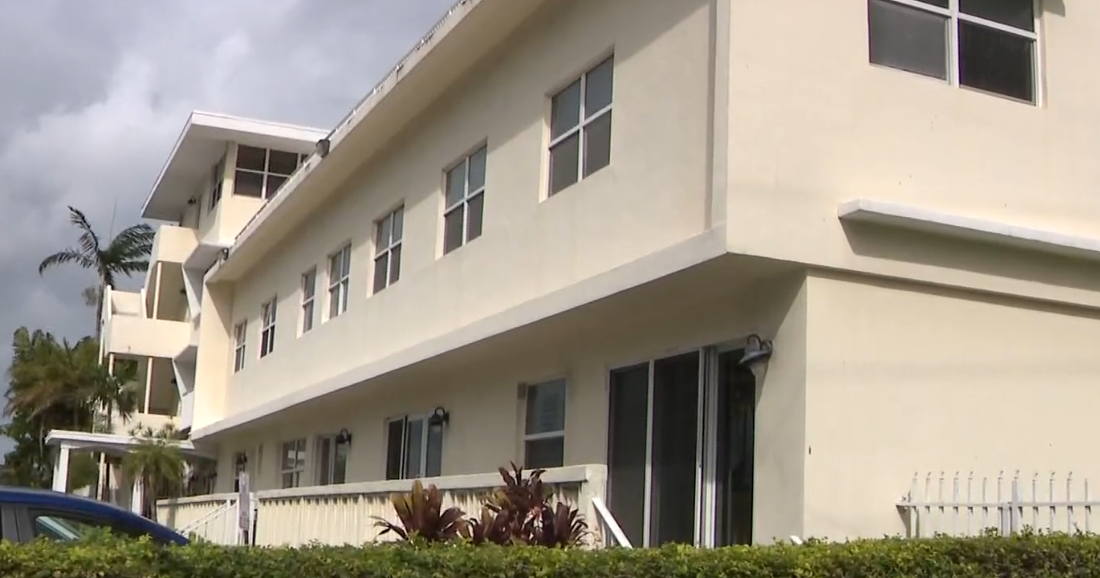Florida's enhanced 'Move Over' law' goes into effect
MIAMI - Florida drivers have been required to move over for first responders, tow trucks, and municipal vehicles on the side of the road.
With the start of the new year, new laws go into effect including an enhanced 'Move Over' law. Drivers are required to move over for a disabled vehicle displaying either its hazard lights, emergency flares, or emergency signage. Violators could be cited with a noncriminal moving violation and a fine of up to $158.
"AAA has advocated for a stronger move over law through our 'Move Over for Me' campaign, and are glad to see it come to fruition," said AAA spokesman Mark Jenkins. "The roadside is a dangerous place for anyone, whether it's a first responder or a daily commuter. We hope this enhancement to the current law will save lives by reminding drivers to give extra space when passing anyone on the roadside."
According to AAA, the roadside has been a dangerous place for disabled motorists and emergency workers.
From 2016-2020, an average of nearly 350 people per year were struck and killed while outside a disabled vehicle on the roadside.
On average, two emergency responders, including tow workers, are struck and killed every month by a driver who fails to obey the law by moving over to an adjacent lane and allowing the roadside rescuers the space to operate, according to the Bureau of Labor Statistics.
Roadside crashes are notably deadly for tow workers. Government data shows that tow operators are killed at a rate of almost 43 deaths per 100,000 workers, compared to just three for all other industries.
"We ask that drivers minimize distractions and constantly pay attention to the road ahead of you. Moving over just a few feet could mean the difference of life and death," said Jenkins.
If your vehicle develops trouble and you're forced to pull off to the side of the road, here's what you should do.
First, pull as far over on the shoulder as you safely can to create more distance between your vehicle and oncoming traffic. Next, turn on your hazard flashers to alert other drivers. Then for assistance, whether via phone, website or AAA app.
Remain with your vehicle as long as it's safe to do so. If getting out of your vehicle, watch the oncoming traffic for a good time to exit, and remain close to your vehicle. Try to avoid turning your back to traffic whenever possible.



